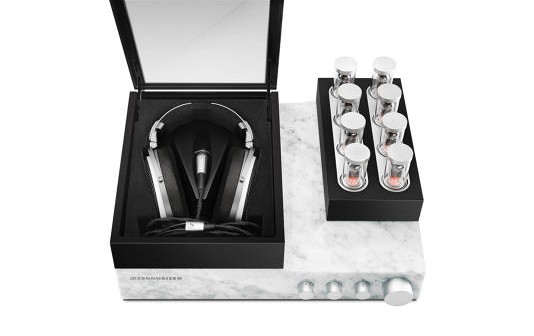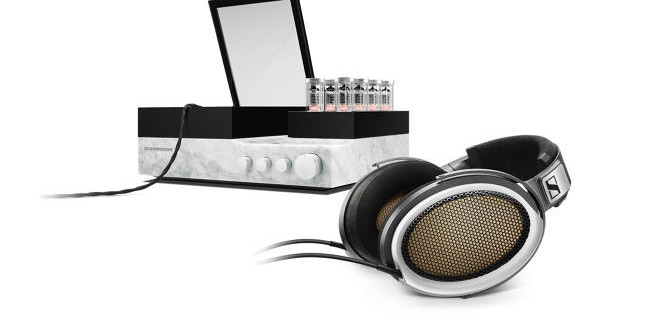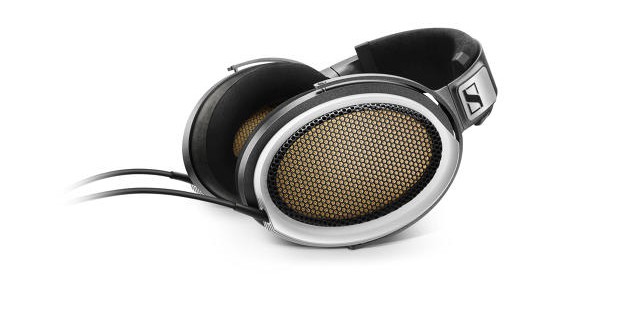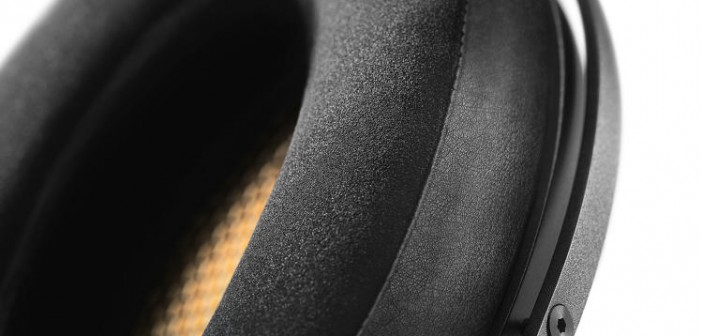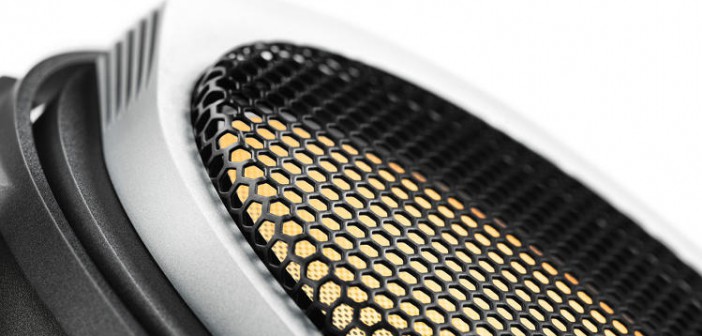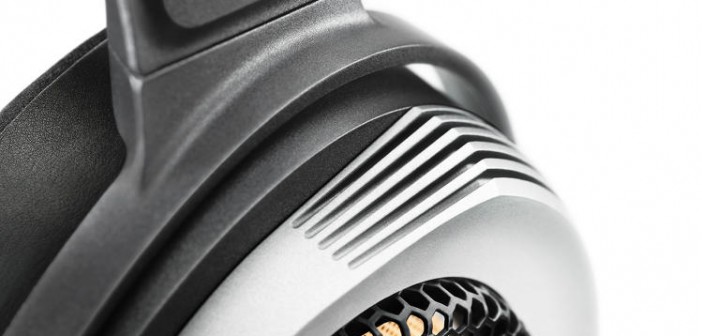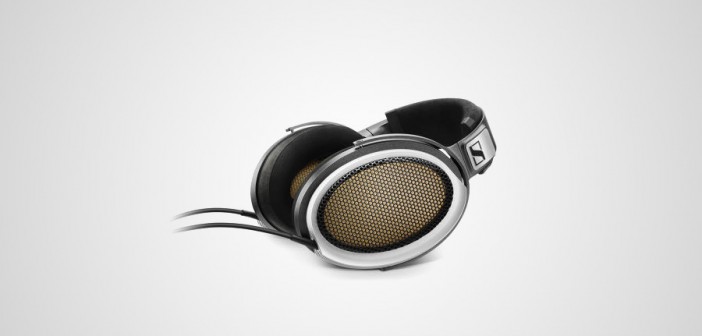HOW SENNHEISER TURNED AN ENGINEERING CURIOSITY INTO THE MOST CUTTING-EDGE—AND EXPENSIVE—HEADSET AND SOUND AMPLIFIER SYSTEM.
In a kind of aural virtual reality, the sweeping strings and pounding timpani of Beethoven’s Symphony No. 9 seem to float directly into the brain.
This enveloping musical experience is brought to you by the next generation Orpheus headset and sound amplifier system from Sennheiser. The German audio pioneer rolled out this result of a decade’s R&D earlier this month on a listening tour through Germany, Paris, London, New York, and Los Angeles.
And it can be yours for a mere $53,000.
A push of a button, and eight quartz glass-encased, chrome-plated signal processing vacuum tubes rise from the Italian marble housing and start to glow. A glass cover raises up, revealing headphones with leather-finished ear cups. Internal gold and platinum-vaporized components create distortion-free sound from 0 to 126 decibels at frequencies ranging from 8 to to 100,000 hertz, well beyond human hearing (at 20,000 Hz), because people experience sound vibrationally as well.
Presentation and audio acuity aside, the system has applications beyond the 1%, from the more obvious music recording and sound design to the less apparent automotive industry, which uses audio frequencies to fine-tune accuracy of electronic components during the design process.
The system is made to order for roughly €50,000, which at press time translated to $53,220.
Why so pricey? First, the materials—gold-coated ceramic electrodes, silver-coated copper wires, platinum-vaporized diaphragms, Carerra marble (the same stone used for Michelangelo’s David)—chosen for conductive and acoustic properties. Then there’s the system’s massive redesign, such as isolating vacuum tubes from airborne noise, and integrating power amps into the headphones to improve energy efficiency and reduce sound loss.
But the biggest challenge involved the technological overhaul of transducer electrode design and manufacturing—and it was a journey initiated and driven by engineering creativity over corporate economics.
AN ENGINEERING EXERCISE

Sennheiser’s Alex Grell
“Ten years ago, it was five engineers sitting in a canteen drinking coffee asking, ‘How could we do it better than the old existing solutions?’” says Axel Grell, Sennheiser‘s portfolio manager audiophile. “Then we made a project out of that and presented a proof of concept to the Sennheiser family. They said, ‘This might make no sense economically, but it’s a good product. Do it.’
“What we tried to make was just the best headphone in the world,” says Grell. “You should not be able to feel like you’re listening to a headphone or a loudspeaker; it’s the music you should hear, with no noise or distortion. So we needed a very wide frequency range.”
The problem is that glass, which comprises top-end audio electrodes, starts to swing in those outlying frequencies. “It’s the same principle as the resonance created by running a finger around the rim of a wine glass,” he adds. “So we needed a stiffer material.”
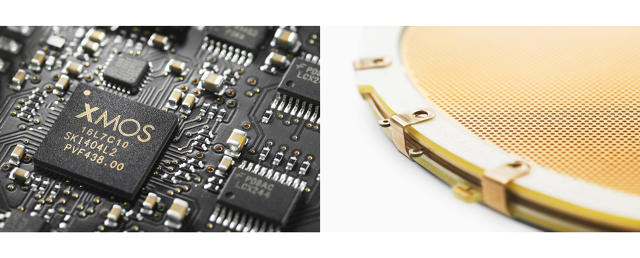
Semiconductor and transducer
Enter zirconium oxide. The ceramic material had been around, but mainly used to repair teeth. A process to sculpt electrodes from this material didn’t exist, and its assets—stiffness and strength—also created the most vexing manufacturing challenges.
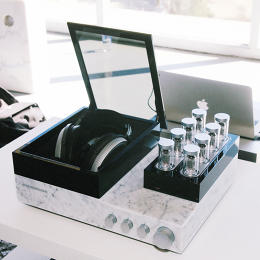
Orpheus system
Grell’s team needed to puncture an array of 4,650 0.7-mm holes in the electrodes. The electrostatic force created by the electrode and diaphragm (a thin membrane a fraction the width of a human hair), moves the diaphragm and blows the air through the holes creating a sound field with less than 0.01% harmonic distortion. A specially designed diamond-tipped drill broke after a couple of attempts. So they had to reconfigure an injection molding and grinding process to create, then resize, and smooth the holes to a surface with no detectable microscopic grooves. The cost for the measurement machine alone was $270,000.
The result is a transportive auditory experience. So even if you can’t afford them yourself, tell your millionaire friends, and invite yourself over for a listen.
[Photos: via Sennheiser]

